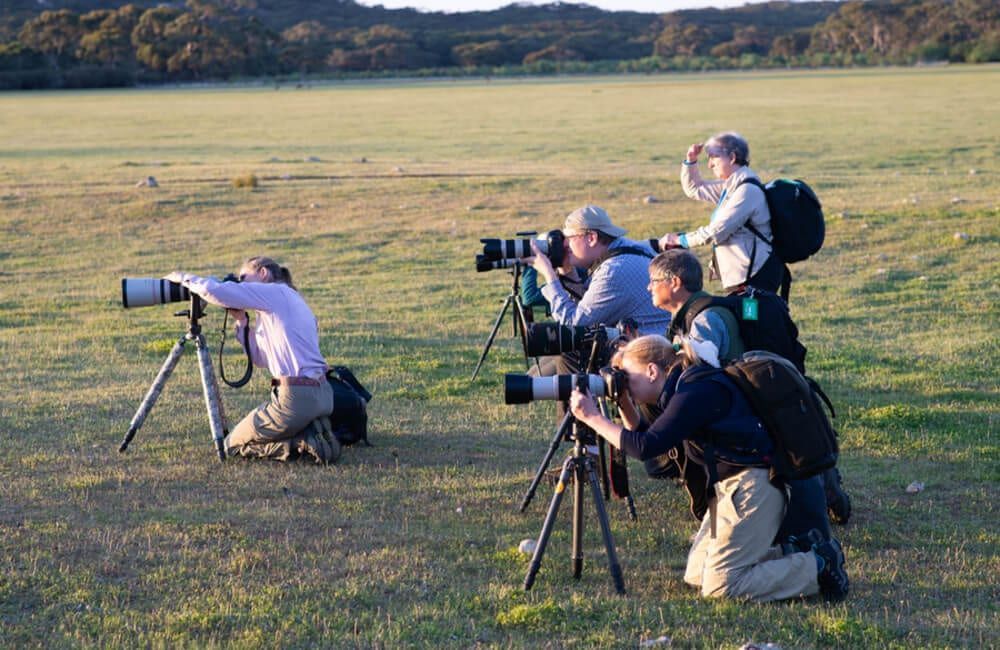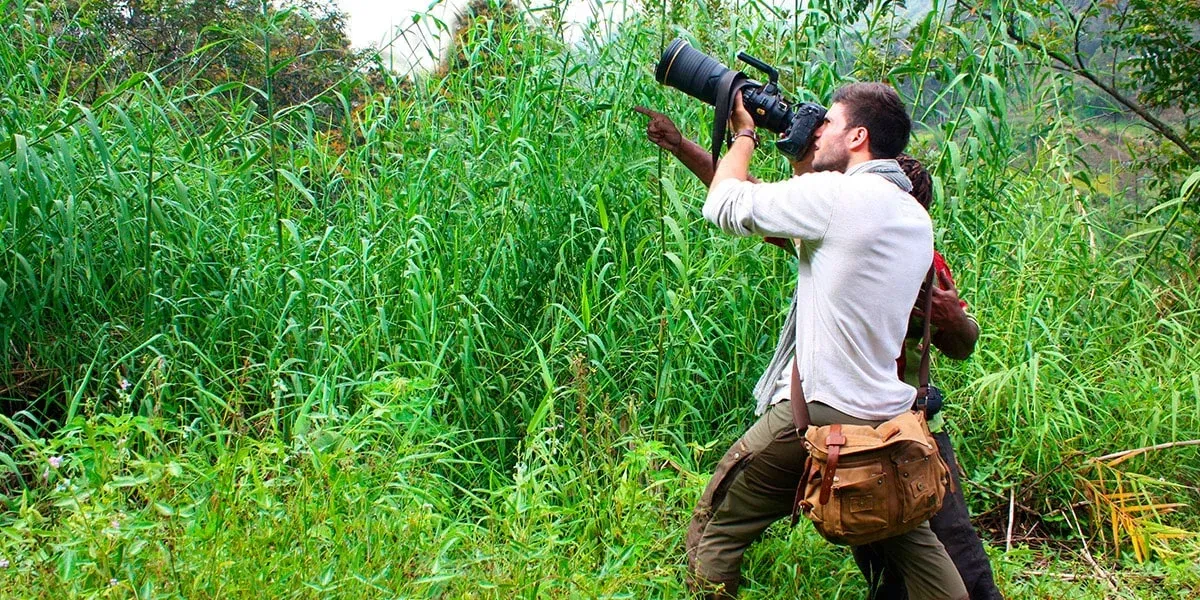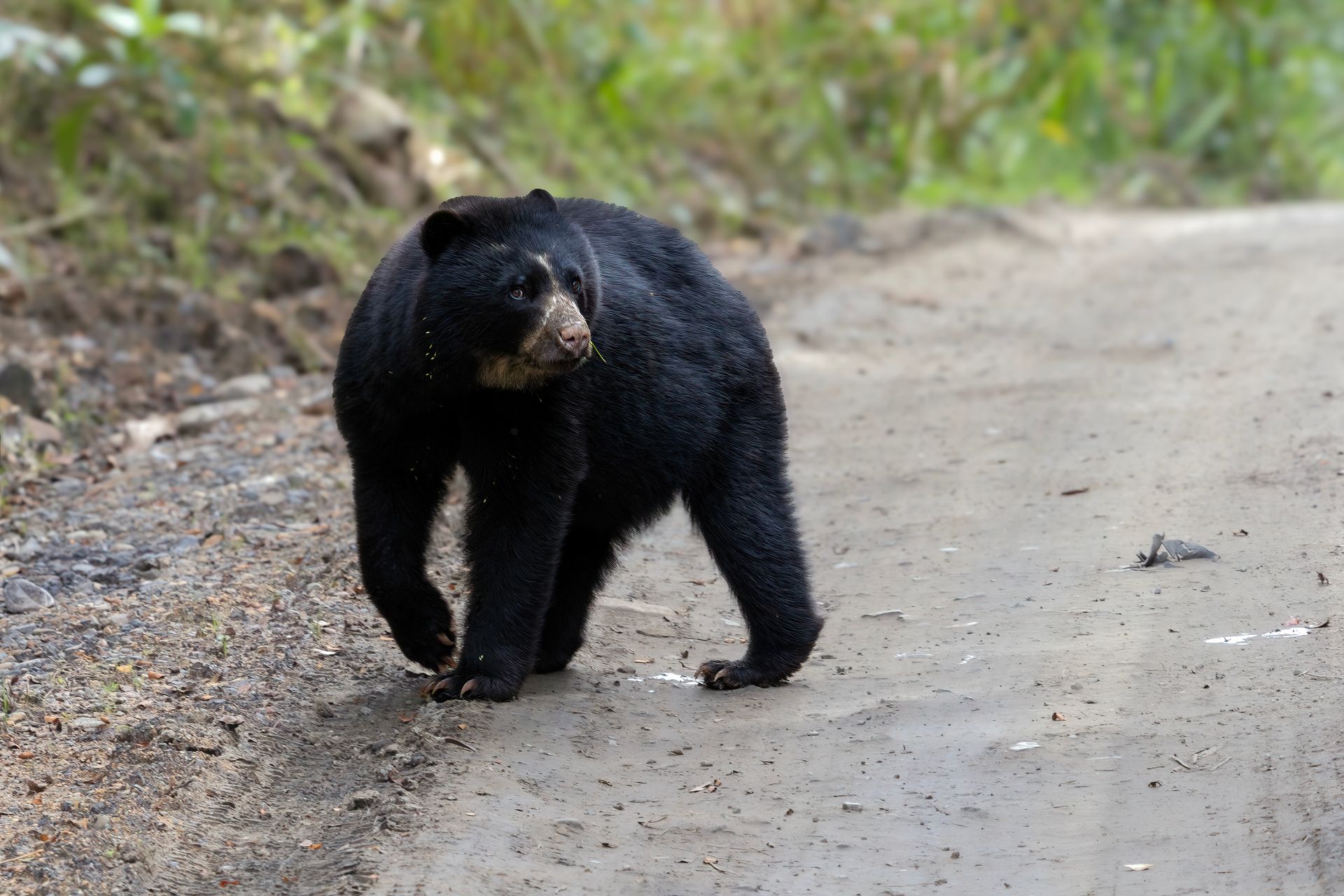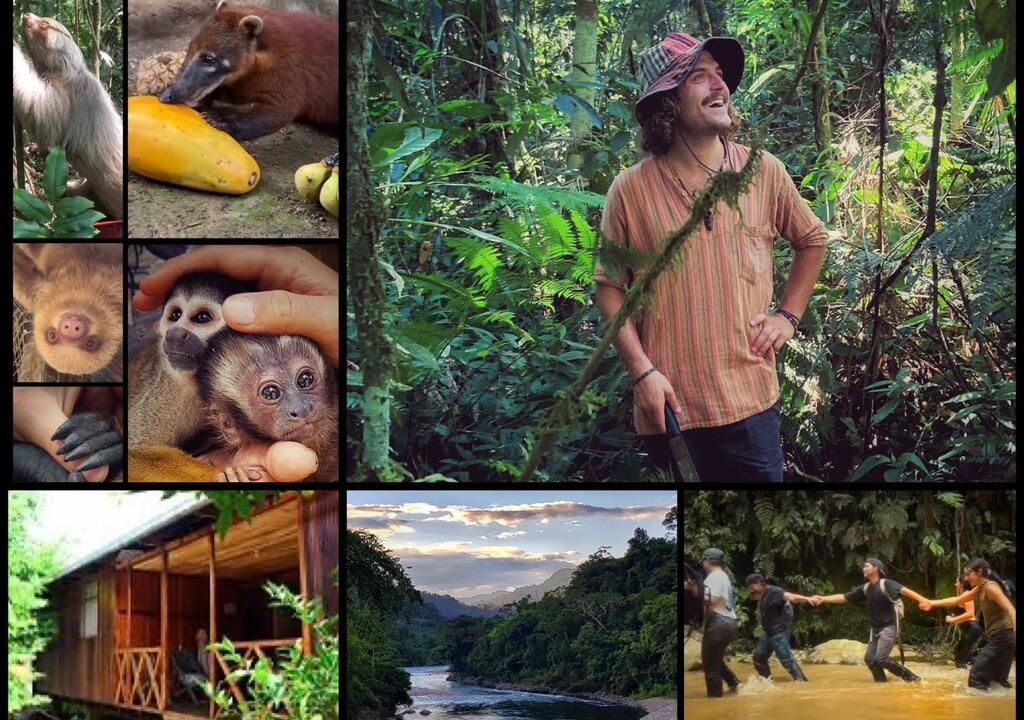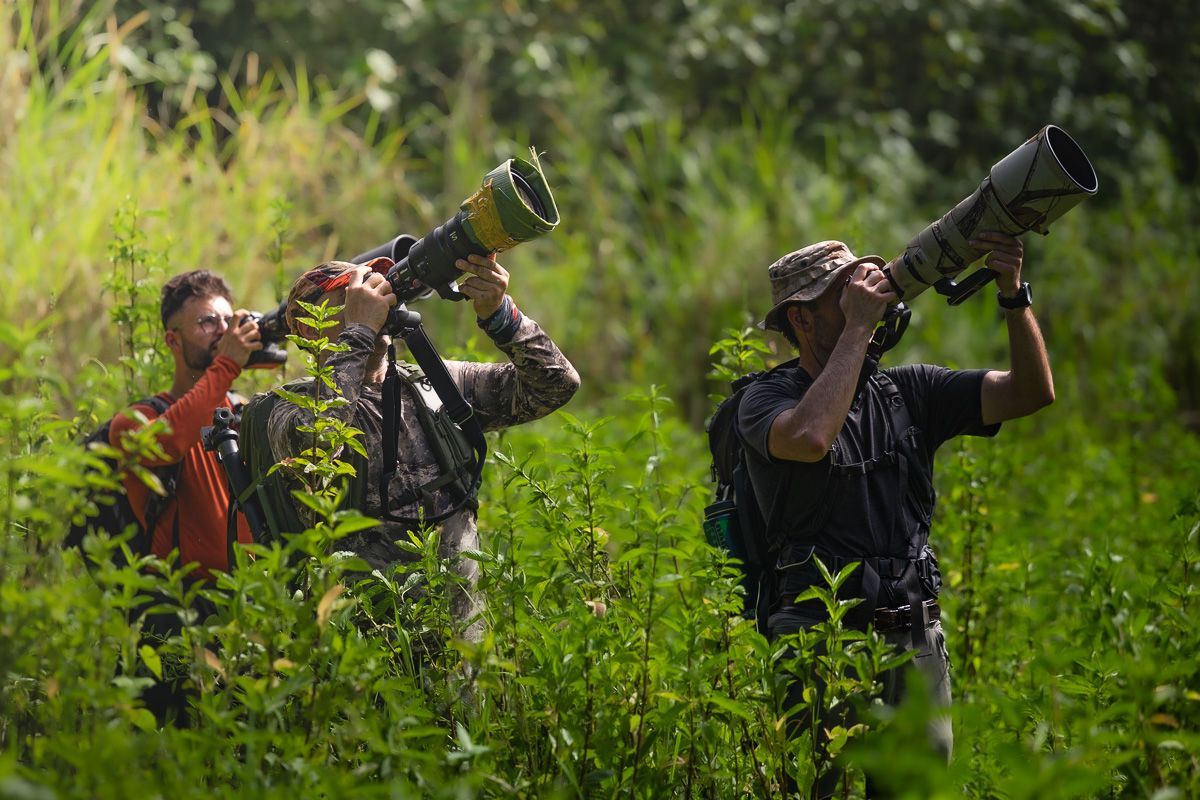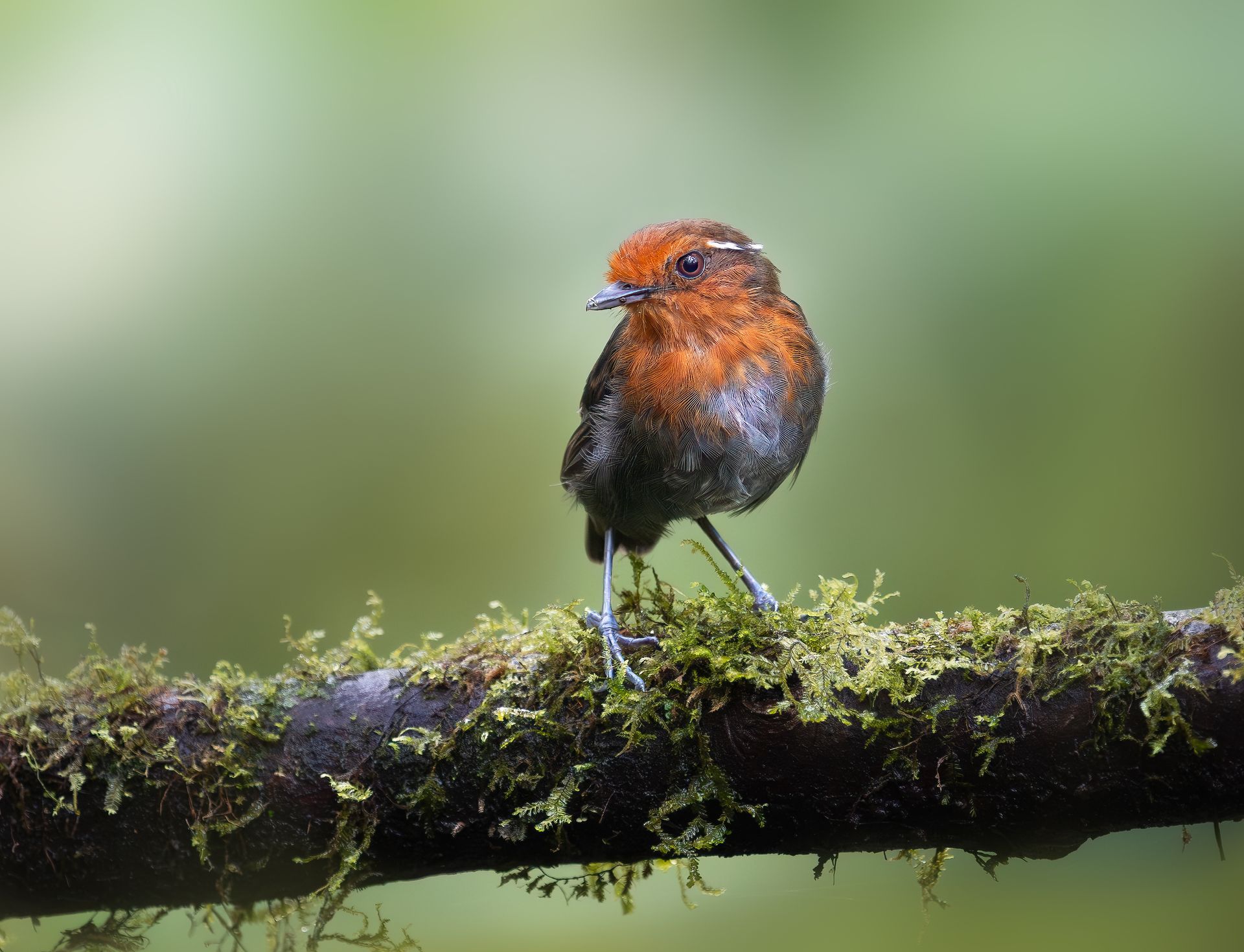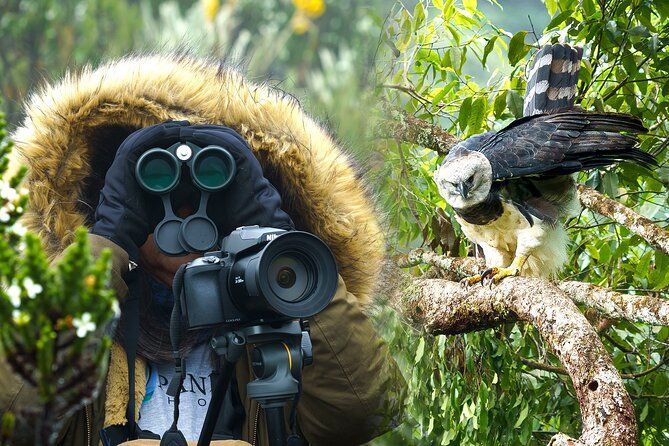Copper-Bellied Puffleg: Vivid Colors and Behavior of Colombia's Mountain Jewel
The Copper-bellied Puffleg (Eriocnemis cupreoventris) is a radiant hummingbird species found in the cloud forests and high-altitude woodlands of Colombia and parts of northern Ecuador. Named for the vibrant copper hues on its underparts and its characteristic fluffy white leg tufts, this bird stands out as one of the most visually captivating jewels of the Andes. With its shimmering plumage and unique ecological adaptations, the Copper-bellied Puffleg is a must-see for bird photographers and nature enthusiasts visiting Colombia's montane ecosystems.
Physical Features and Identification
- Copper-Colored Belly: The standout feature that gives the bird its name, visible under direct sunlight.
- Puffy White Leg Feathers: These "pufflegs" resemble small cotton balls around the thighs, aiding in insulation.
- Greenish Head and Back: The iridescent green adds to its overall brilliance.
- Short, Straight Bill: Ideal for feeding on tubular flowers in its environment.
Males tend to have more intense coloration and slightly more pronounced leg puffs compared to females, which are still striking in their own right.
Habitat and Range in Colombia
The Copper-bellied Puffleg inhabits humid montane forests and forest edges, typically between 2,300 and 3,200 meters above sea level. In Colombia, they are primarily found in:
- Eastern Andes (Cundinamarca and Boyacá): Especially in protected reserves and national parks.
- Chingaza and Sumapaz Regions: Excellent paramo-forest ecotones where the species is relatively accessible.
- Santander Department: Hosts pockets of ideal highland habitats where pufflegs thrive.
Their preference for cloud forests and highland shrubs makes sightings relatively rare but incredibly rewarding.
Behavior and Feeding
- Territoriality: Males often defend prime feeding territories with bursts of aggressive flight.
- Feeding Strategy: Uses its short bill to probe tubular flowers like Salvia, Fuchsia, and Bomarea.
- Hovering and Perching: Alternates between hovering like a typical hummingbird and perching quietly, often near flowering plants.
- Seasonal Movements: Some altitudinal migration may occur depending on flower availability.
Their rapid wingbeats and flashes of color through the foliage create striking moments for photographers aiming to freeze their brilliance mid-flight.
Photography Tips
Capturing the beauty of the Copper-bellied Puffleg in its natural environment requires a blend of skill, timing, and equipment.
Recommended Gear:
- DSLR or Mirrorless Camera with high frame rate and good low-light performance.
- 300–600mm Lens: Essential for capturing fine details from a distance.
- Tripod or Monopod: Adds stability in uneven terrain.
- Flash (optional): Useful for fill light in darker cloud forest conditions—use ethically.
Field Tips:
- Wait at Flowering Shrubs: Especially those with bright tubular blooms.
- Use Manual Focus: Autofocus may struggle with dense foliage.
- Capture Wing Movement: Fast shutter speeds (1/2000 or higher) help freeze wingbeats.
- Focus on Lighting: The copper hues become most visible under direct or dappled sunlight.
Best Time and Locations for Observation
- Dry Season (December to March): Offers clearer paths and less rainfall.
- Morning Hours: Peak activity as birds feed after cool mountain nights.
Prime Locations:
- Reserva Natural Rogitama (Boyacá)
- El Dorado Reserve (Sierra Nevada foothills)
- Chingaza National Natural Park
- Páramo de Guerrero and surrounding cloud forests
Conservation and Ethical Observation
The Copper-bellied Puffleg is currently listed as Near Threatened, with habitat loss due to deforestation and agriculture being major concerns.
Best Practices:
- Stay on Trails: Avoid damaging undergrowth and native flowers.
- Avoid Playback: Prevent unnecessary stress to wildlife.
- Support Eco-Tourism: Choose responsible operators and local guides.
- Respect Wildlife: Avoid flash photography during feeding or nesting.
Role in Ecosystem and Culture
As a pollinator, the Copper-bellied Puffleg plays a crucial role in sustaining Andean plant diversity. Its interactions with high-altitude flowers are essential for seed production and forest regeneration.
In local folklore and modern eco-tourism circles, the bird is a symbol of fragile beauty—a reminder of Colombia’s unique highland biodiversity and the need for its preservation.
Explore with Retorno Photo Tours
Retorno Photo Tours offers specialized excursions to Colombia’s cloud forests and paramos, tailored to photographers and birders seeking elusive species like the Copper-bellied Puffleg.
Tour Highlights:
- Private Access to Key Reserves
- Local Expert Guides with Ornithological Training
- On-Site Photography Coaching
- Low-Impact, Conservation-Focused Travel Philosophy
Whether you're a seasoned birder or just starting out, our tours provide unforgettable opportunities to witness and capture the vibrant life of Colombia’s highlands.
Conclusion
The Copper-bellied Puffleg is more than just a beautiful bird—it's a glowing testament to Colombia's rich montane ecosystems and the photographers and conservationists who strive to protect them. With its shimmering colors, charismatic behavior, and highland mystique, this hummingbird offers a bucket-list experience for anyone passionate about nature and wildlife photography.
Join Retorno Photo Tours and let the vibrant pulse of the Andes guide your lens toward one of Colombia’s most precious mountain treasures.



